The origins
We carry forth a winemaking tradition rooted in Roman times and flourishing in the Middle Ages, a taste of history which lives on in the glass.
Corbara appears as a castrum in the 1292 land register
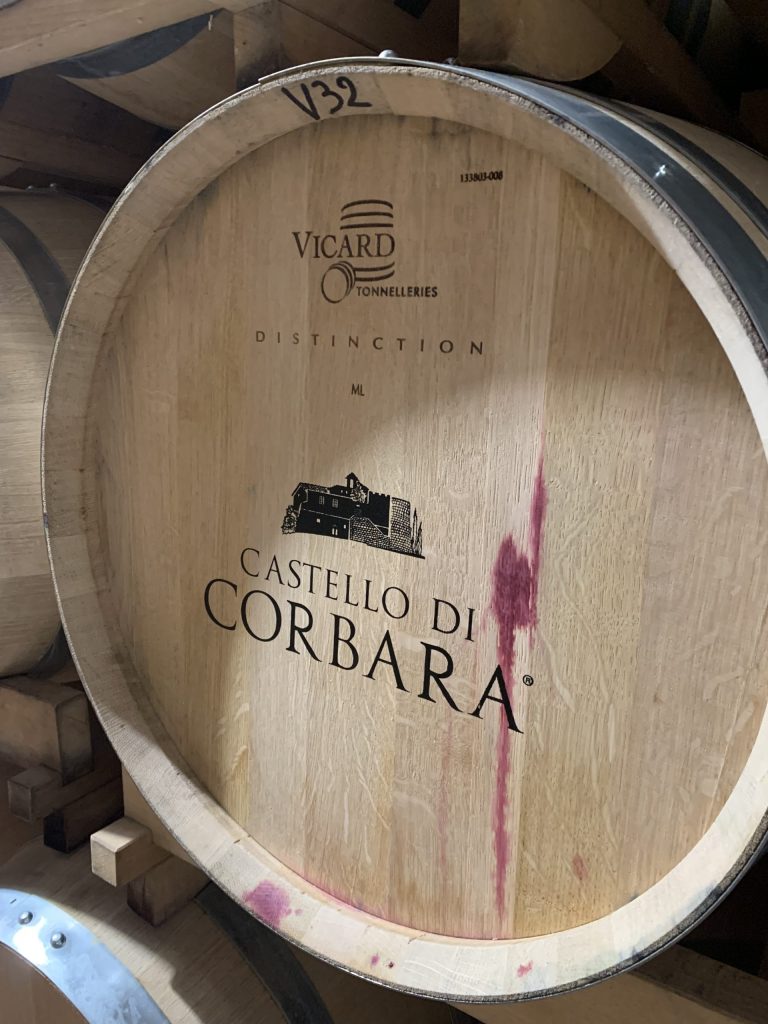
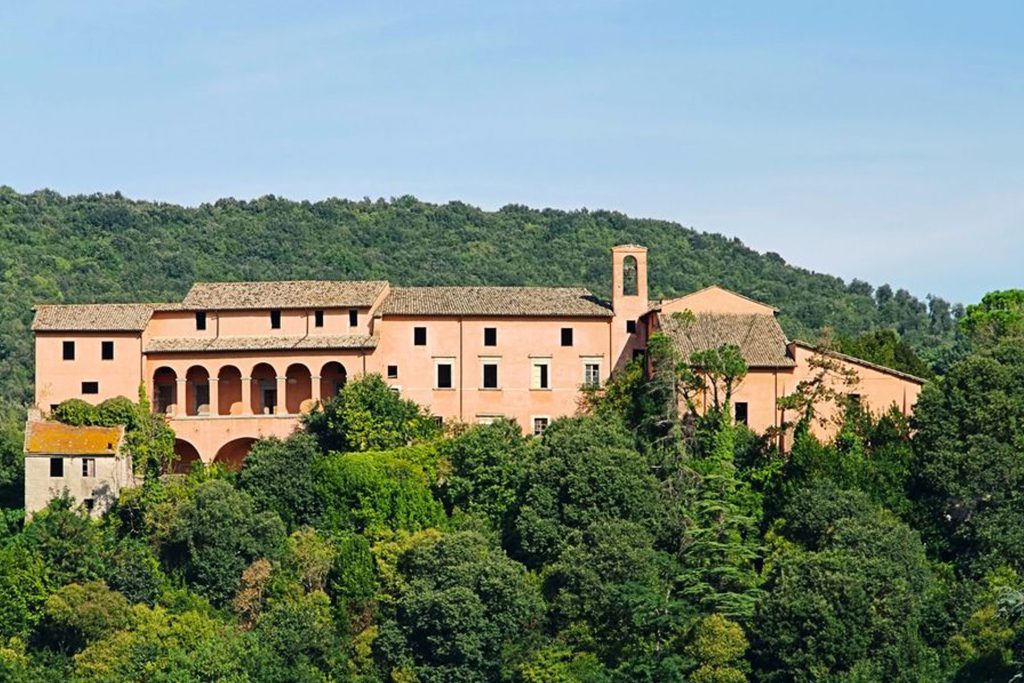
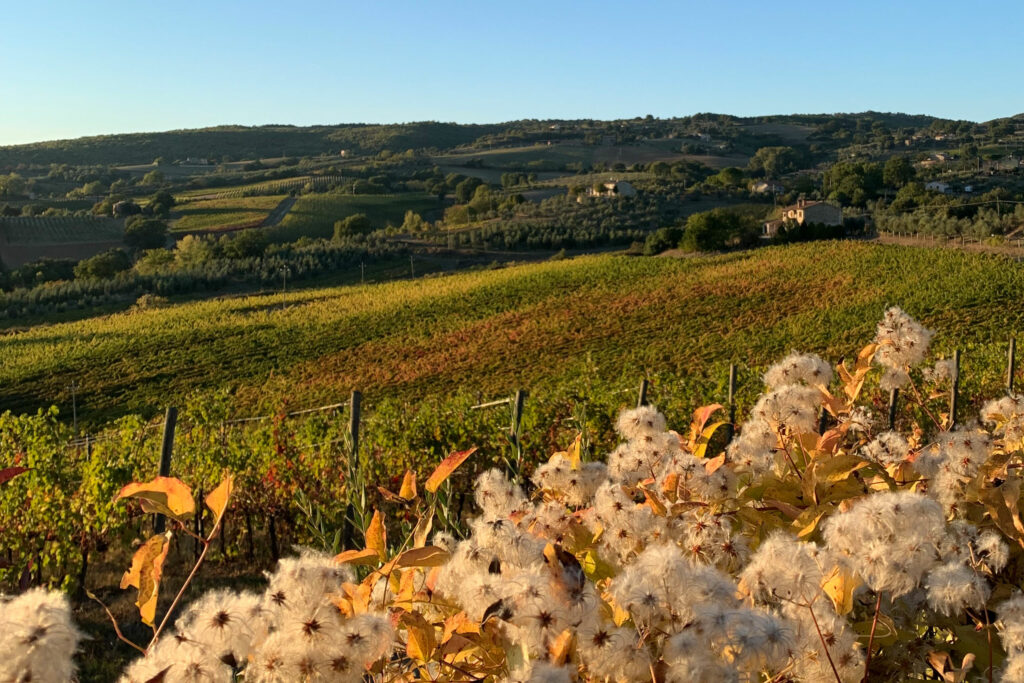



-
IN THE LATE 19TH CENTURY, THE ESTATE OF CORBARA BECAME PROPERTY OF THE NATIONAL BANK CALLED BANCA ROMANA.
-
In 1889-1990, the bank financed excavations at the confluence of the Paglia and Tiber rivers, bringing to light the Roman port of Pagliano. The existence of this site attests to this location’s importance within the ancient network of trade routes between Rome and the hinterland, and the retrieval of dedicated wine amphoras suggests that the area was already producing the precious nectar in Roman times.
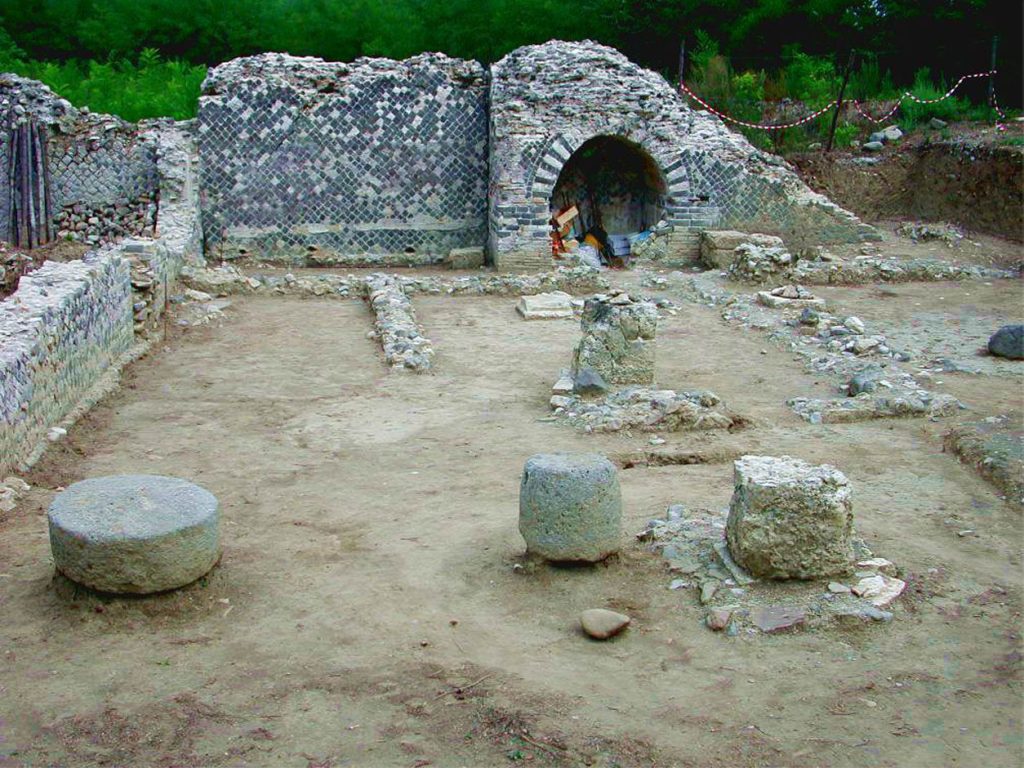
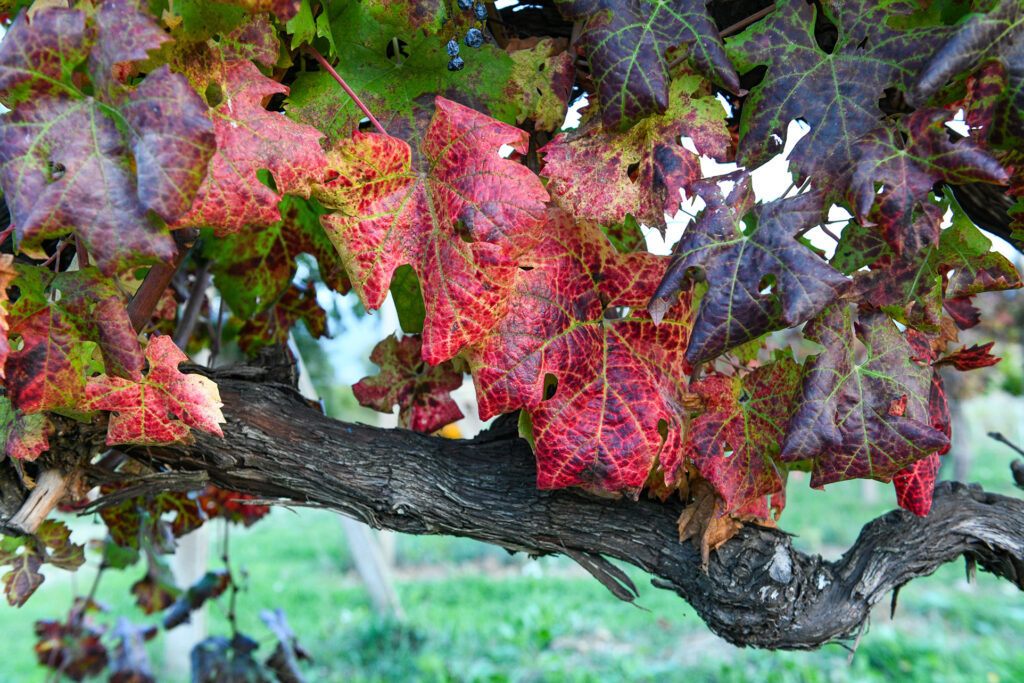
-
DURING THE 1970S, FOLLOWING THE KEEN INTUITION
-
of the property owners and the ensuing rigorous land studies, over 100 hectares of vineyards were planted. Present-day Castello di Corbara winery is the heir to this extraordinary treasure, and its team has been working tirelessly to preserve and propagate the ancient biotypes, which, over the course of half a century, have adapted to the varying rhythms of the seasons and the distinctive qualities of the soil.
-
Fernando Patrizi,
head of Castello di Corbara since 2008, lives in Rome, where he leads a group of well-established diagnostic facilities founded by his parents in the 1970s (Gruppo Bios). In 1998, following the sudden death of his father Livio, he joined his mother and sisters in the management of the winemaking and hospitality projects (Castello di Corbara and Tenuta di Corbara, respectively), which had been Livio’s dream upon his enthusiastic purchase of the estate. Since 2008, Fernando has acquired full responsibilities over the winery, devoting himself with perseverance to its growth and development.

Corbara appears as a castrum in the 1292 land register

IN THE LATE 19TH CENTURY, THE ESTATE OF CORBARA BECAME PROPERTY OF THE NATIONAL BANK CALLED BANCA ROMANA.
In 1889-1990, the bank financed excavations at the confluence of the Paglia and Tiber rivers, bringing to light the Roman port of Pagliano. The existence of this site attests to this location’s importance within the ancient network of trade routes between Rome and the hinterland, and the retrieval of dedicated wine amphoras suggests that the area was already producing the precious nectar in Roman times.
DURING THE 1970S, FOLLOWING THE KEEN INTUITION
of the property owners and the ensuing rigorous land studies, over 100 hectares of vineyards were planted. Present-day Castello di Corbara winery is the heir to this extraordinary treasure, and its team has been working tirelessly to preserve and propagate the ancient biotypes, which, over the course of half a century, have adapted to the varying rhythms of the seasons and the distinctive qualities of the soil.

Fernando Patrizi,
head of Castello di Corbara since 2008, lives in Rome, where he leads a group of well-established diagnostic facilities founded by his parents in the 1970s (Gruppo Bios). In 1998, following the sudden death of his father Livio, he joined his mother and sisters in the management of the winemaking and hospitality projects (Castello di Corbara and Tenuta di Corbara, respectively), which had been Livio’s dream upon his enthusiastic purchase of the estate. Since 2008, Fernando has acquired full responsibilities over the winery, devoting himself with perseverance to its growth and development.

